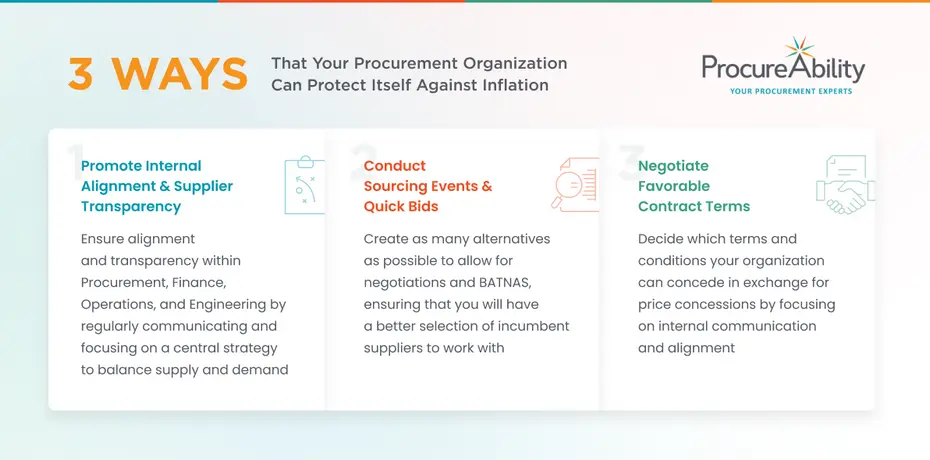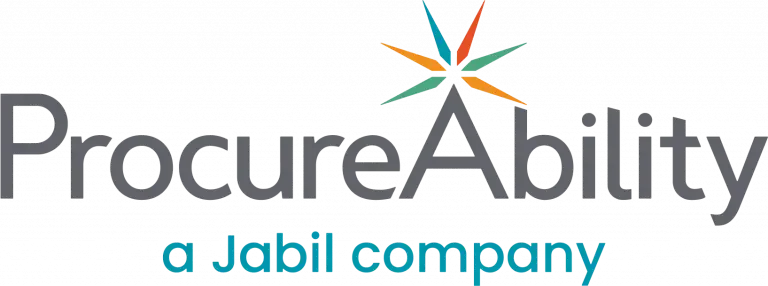
High inflation is here and eroding our purchasing power, so what can we do about it?
According to the numbers released by the Labor Department for July 2021, the Consumer Price Index rose 5.4% compared to the previous year. Not only are those numbers in line with June’s figure, but also match the largest jump since August 2008. Similarly, the Producer Price Index soared to 7.8%, making it the highest since its commencement in November 2010. This means higher prices for the general public, not just organizations. During times of significant inflation, a thorough examination of an organization’s spend is crucial, and this is where procurement shines.
For the past 30-40 years, we have experienced relatively stable inflation with few exceptions. Inflation is the general rise in prices, and while low levels of inflation are normal, significant inflation like we are experiencing is rare and requires strategic attention. The current period of inflation is primarily due to significantly increased overall demand as the economy returns to pre-pandemic levels, while supply struggles to return to pre-pandemic levels. This has resulted in higher prices, eroded purchasing power and a lower standard of living. We knew when we made a large purchase, we could count on paying relatively the same as the year before. But as of now, this is not the case. So, what can we do about?
Times of inflation may seem daunting, but in fact they’re an opportunity to reinforce cost management that can continue after inflation subsides. There are three key steps to achieving these improvements and ensuring the financial health of any organization.

- Promote Internal Alignment and Supplier Transparency
In today’s environment, many organizations are facing a disruption in their supply chain. Ensure alignment and transparency within Procurement, Finance, Operations, and Engineering by regularly communicating and aligning on a central strategy to balance supply and demand. Market intelligence and internal assessments are critical for anticipating price increases from suppliers. The messaging to all suppliers must be clear that cost management is a major priority. Two similar methods can be used to achieve this:
- Utilize deconstructed pricing: work with the supplier to breakdown and understand costs of each line item. This is a simple fact-based way to push back on price increases.
- Implement should-cost modeling: research the cost structure and drivers behind the categories you are procuring. If the supplier is proposing an overall 10% price increase but the cost base for that product or service has increased by 3%, there clearly is room for push back.
- Conduct Sourcing Events and Quick Bids
Create as many alternatives as possible. This will set the stage for negotiations and best alternatives to a negotiated agreement (BATNAs) that will put pressure on incumbent suppliers to lower prices and can reveal better suppliers.
- Employ RFPs to your organization’s advantage and create an environment of competitive bidding to compare prices. Substitute your procurement strategies with a lower-cost substitute. Although this may not be ideal, it might be what is needed to offset inflation in the short-term.
- Apply strategic sourcing for quick wins in categories that are not under inflationary pressure or have not had much attention. This is a great way to counteract price increases in other categories.
- Negotiate Favorable Contract Terms
Decide which terms and conditions your organization can concede in exchange for price concessions. Again, this why internal communication and alignment are important.
- Consider longer term agreements and/or increased purchasing volume. Other terms to consider include payment terms, insurance and intellectual property (IP).
- Examine implementing index-based pricing terms that allow for a price increase or decrease if an agreed-upon index moves more than 3% in either direction. Indices to consider should include the consumer price index (CPI), producer price index (PPI) and cost-of-living adjustment (COLA for services).
Now more than ever, organizations need to focus on procurement by achieving internal alignment, conducting fact-based discussions with suppliers, competitively bidding and building favorable contract terms to avoid the damaging effects of inflation. Our team at ProcureAbility specializes in these practices and can reinforce cost management to reduce the effects of inflation on your organization.
For more on this topic, or to request a consultation on your procurement organization’s cost management strategies, reach out to one of our Procurement experts today!
Subscribe to ProcureAbility Insights to access whitepapers, presentations, plus our latest thought leadership.



